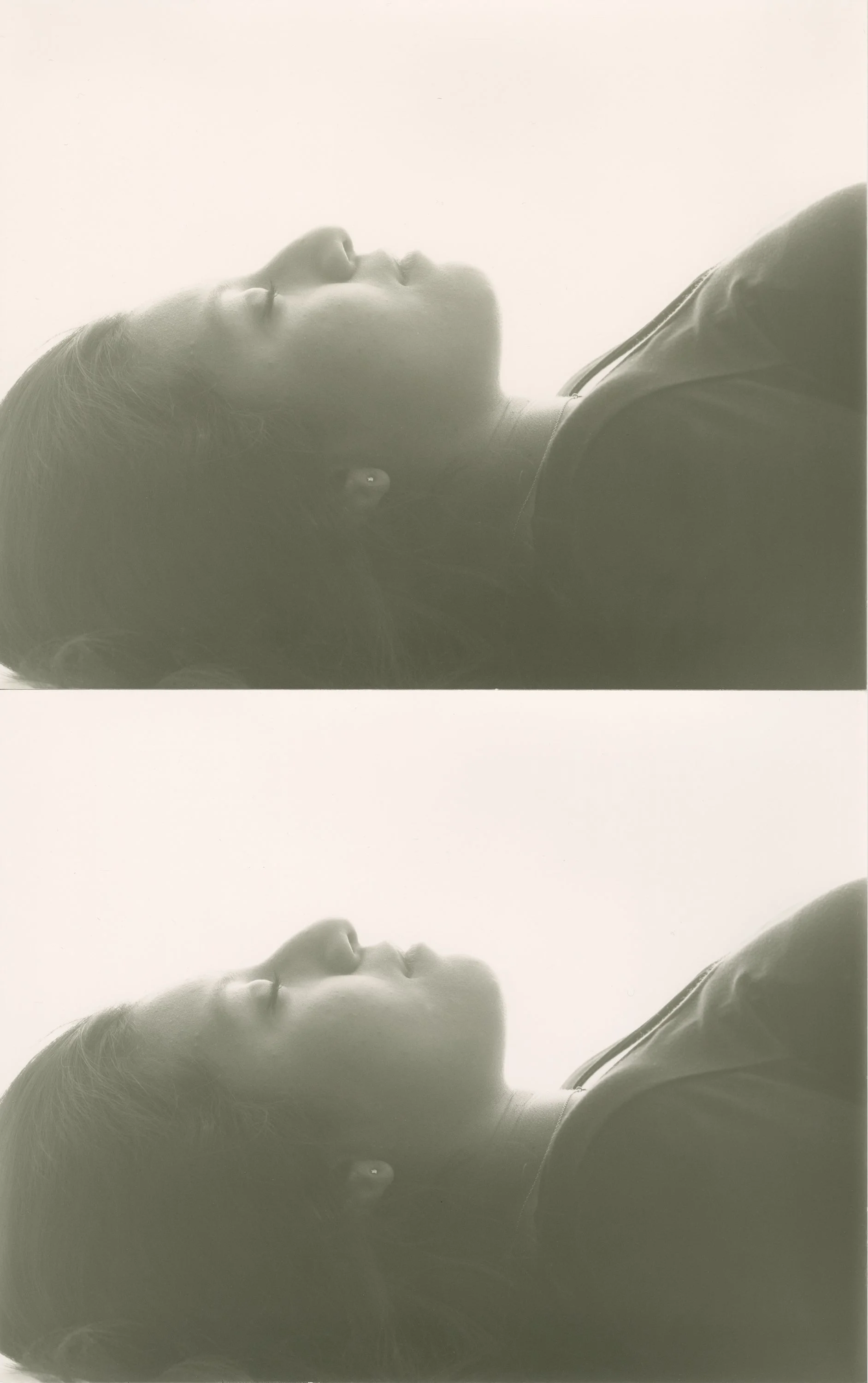
Meditations in an Emergency 2018-2023 The twelve young people featured in Meditations in an Emergency are symbolic of the thousands killed every year by what has become the leading cause of death for American kids: gun violence. The images have been selected from an extensive series of portraits that I made during a residency at the New-York Historical Society Museum in 2018, which represented teen activists staging ‘die-in protests’, calling for stronger gun control laws in the US. These protests - where participants lie on the ground to simulate being dead - are often employed by protest groups on a range of issues including: animal rights, anti-war, anti-trafficking, human rights, racism and environmental issues. After the Parkland, Florida shooting in 2018 students all over the country united in protest under the banner ‘March for Our Lives’. This grew into one of the biggest teen movements in American history since the Vietnam War - and served as inspiration for the series Meditations in an Emergency, in which I recruited teenagers from across New York City, asking them to mirror the protesters pose, in “a trenchant tribute to the victims of the school shooting on Valentine’s Day 2018, as well as a testament to endurance and the practice of protest and teen activism.” The first iteration of the project was exhibited at the New-York Historical Society Museum, and was inspired by the Museum’s collection of American portrait miniatures; however, in subsequent years, I have revisited the project on a number of occasions - perhaps by way of expanding the expressive range of the original negatives, but also a way of honouring the subjects, and acknowledging that the protests are still very much alive, ongoing and more urgent than ever. The latest presentation of the project features 12 individual portraits, each one handprinted twice and presented vertically, one above the other, in reference to Warhol’s ‘Ambulance Disaster’ series and Jasper John’s ‘Two Flags’. Each piece has been titled to reflect the creativity, passion and articulacy of the young protestors, who held hand-made placards that read, for example: “Laws Not Prayers”; “Make Murder More Difficult” or “I WANT TO READ BOOKS NOT EULOGIES”. The doubling of the portraits encourages the viewer to look more closely – to literally think twice. Moreover, it suggests the relentless multiplicity of issues that young people are faced with and care about, where one crisis is part of the other, and all social ills are interconnected. Doubling in the context of gun violence and youth activism reflects the dilemma of a singular narrative and a singular image. There is more than one emergency. Meditations in an Emergency extends an invitation to reflect on human vulnerability and the growing power of youth-led movements who are fighting for a better world. It also highlights the role that artists and museums play in keeping the momentum going.










